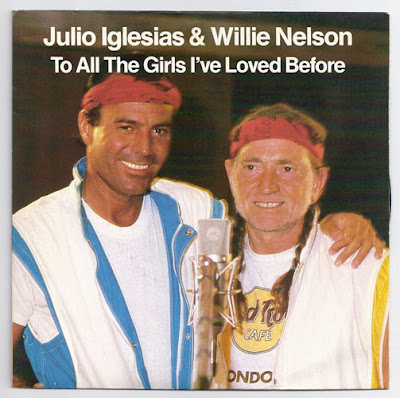Saturday, August 10, 2013
UNUSUAL COLLABORATIONS: ASHA BHOSLE & MICHAEL STIPE
The Way You Dream: Michael Stipe & Asha Bhosle
Purchase
I'd not heard this when this theme began, it almost coming as quite some surprise when I did. Let me explain. Perhaps it is the same elsewhere, but the joy of record shop browsing seems to now be a thing of the past. There are nearly no record shops left in the U.K., HMV barely hanging on by the skin of it's teeth, and a shadow of it's former self. I used to love record shops, flicking through the racks in the search for the new and unexpected, it being a constant and reliable way of killing any number of hours in strange towns. And browsing is something that just doesn't work on Amazon. Anyhow, another product of the current financial meltdown and austerity are the the adverts for companies who will buy up your CDs, computer games and, unfeasibly, hair tongs. (Well, not mine. Clearly. Have you seen my hair?) They will "liberate the space", as if that is the problem, taken up by your longingly acquired collection of Northern Soul for anything up to, oh, say, 50p a pop. The upside is that a whole new slew of record shops have appeared, selling such product, again at knock down prices.In order to address my addiction I have begun to frequent such, picking up a stash of otherwise unthinkable or, hitherto, unexplored. Very hit and miss, but fun!
I remember when "One Giant Leap" came out, and it's being received somewhat sniffily, as a clever clever attempt to cross genres, the sort of thing now near ubiquitous and, almost, old hat. I didn't bother then, so, imagine my pleasure, in downtown Burton-on-Trent, August 2013, to find it in the 3 for £5 slot. And it's good. It's better than good, shuffling such disparates as Baaba Maal and Eddi Reader, Horace Andy and Maxi Jazz. OK, and Robbie Williams, but it was 2001. The selection and the unusual pairing I have chosen is Asha Bhosle and Michael Stipe. The latter, the vocal lynchpin of R.E.M. needs little fanfare, but the former may be less well known , at least outside of the South Indian landmass. Aficionados of UK indie may be aware, as she is the "Brimful" acknowledged within "Cornershop"s hit of whenever, "Brimful of Asha". A superstar in India over six decades, largely within Bollywood, she has a niche perhaps similar, in her homeland anyway, perhaps to Tammy Wynette, again perhaps thus explaining her appeal to the counter-intuition of the counter-culture.
A brief word about "One Giant Leap", the brainchild of Jamie Catto, a member of the "live musicians" electronica/dance band "Faithless", and Duncan Bridgeman, the original idea was of a multi-media presentation of the concept and genre of "World", perhaps doomed in it's scope and ubiquity, and certainly ahead of it's time. With hindsight it sits perfectly happily with "Afro-Celt Sound System", "Banco de Gaia" and other such stylistic fusions. I like it, and this track is a very good example of it's content. I commend it.
Posted by Seuras Og at 5:27 PM View Comments
Labels: Asha Bhosle, Michael Stipe, Unusual Collaborations
Thursday, August 8, 2013
Unusual Collaborations: Julio Iglesias and Willie Nelson
Julio Igelsias and Willie Nelson: To All the Girls I've Loved Before
[purchase]
I had a really difficult time trying to think of a song for this theme. In the past few years unusual collaborations have essentially become the norm, especially in pop music. Nelly and Tim McGraw? Jack White and Alicia Keys? Jason Aldean and Ludacris? Metallica and Lou Reed? LL Cool J and Brad Paisley? Shudder. While many of these modern collaborations obviously occurred in a Nashville board room rather than happening organically, and some that did form naturally were horrible ideas, many of these collaborations ended up becoming huge hits for both artists, crossing over genres, and exposing fans to new types of music.
To a child of the 80s like myself, the most obvious unusual collaboration, and the first one I remember hearing on the radio, has to be the collaboration of Julio Iglesias and Willie Nelson on the mega-hit "To All the Girls I've Loved Before." This song was originally written in 1975 by Albert Hammond and Hal David. Iglesias and Nelson recorded it in 1983 for Iglesias's album 1100 Bel Air Place (though it can also be found on a number of Nelson compilations). I can't find any information on how this collaboration came to be, but I like to imagine that Iglesias and Nelson crossed paths while touring through Europe, winding up at some London pub downing pints of ale (maybe at the Hard Rock Cafe where Nelson got his shirt in the above photo), and ending the night with drunken, "I love you man" hugs, and promising to do a song together.
"To All the Girls I've Loved Before" became an enormous hit for both Iglesias and Nelson. It was a breakthrough song for Iglesias in the English language market, and was Nelson's biggest European hit. The song went to #1 on the US country charts, #5 on the Billboard Hot 100, and was named single of the year by the Academy of Country Music. 1100 Bel Air Place sold 4 million copies in the US, and 8 million world wide.
This song is not the only unusual collaboration on 1100 Bel Air Place. On this album Iglesias also has a duet with Diana Ross on the opening track "All of You," the Beach Boys provide vocals for "The Air the I Breathe," and Richard Marx, who had a huge amount of solo success in the late 80s and early 90s, is listed as a backing singer on the album. As mentioned earlier in the week by Retropath, Nelson himself has had a number of unusual collaborations over the years, including Sinead O'Connor, Carlos Santana, Phish, and most recently Snoop Dogg.
So what about all of the girls that Iglesias and Nelson have loved before? Between the two of them, they have four ex-wives and 15 children. Iglesias married Miranda Rijnsburger in 2010, his girlfriend of 20 years and mother of five of his children. Nelson married Annie D'Angelo in 1991. They have two sons, one of whom (Lukas) has recorded with and is currently touring with his father.
Posted by Rockstar Aimz at 12:19 PM View Comments
Labels: Julio Iglesias, Unusual Collaborations, Willie Nelson
Monday, August 5, 2013
Unusual Collaborations: Ellen Foley and The Clash
Posted by 1001Songs at 10:25 AM View Comments
Labels: Ellen Foley, The Clash, Unusual Collaborations
Sunday, August 4, 2013
Unusual Collaborations: Daryl Hall and Robert Fripp
[purchase]
Robert Fripp has stated that Daryl Hall had the best set of pipes of anyone he had ever worked with. This from a guy who has worked with Bowie, The Roches, Greg Lake and John Wetton, not to mention Peter Gabriel, Jon Anderson and Adrian Belew. That Fripp and Hall collaborated, though, seems pretty bizarre, especially back in 1977. Maybe overselling it a bit, Allmusic refers to it as “what must be the most bizarre coupling ever.” Hall was best known as a blue-eyed soul pop hitmaker, coming off of “Sara Smile,” “She’s Gone” and “Rich Girl.” Fripp was recognized as the mastermind of King Crimson, inventor of the oddly compelling Frippertronics tape loop sound, collaborator with the artsy Brian Eno and provider of edgy guitar for the likes of Gabriel and Bowie.
And yet, the two musicians apparently clicked. Hall, looking to expand his horizons, and Fripp, impressed by Hall’s voice, decided to work together. Fripp envisioned a trilogy—a solo album featuring Hall (and others) on vocals (which became Exposure), an album with Gabriel (which became his second album, better known as Scratch) and Hall’s album, Sacred Songs. Hall’s record company, though, was incredibly leery of the whole thing, concerned that he was embarked on a career destroying jaunt toward the uncommercial avant-garde. So ultimately the record company behaved stereotypically, blocking Fripp from using Hall’s vocals on more than two songs on Exposure (Fripp was forced to re-record the songs with Peter Hammill and Terre Roche), and locking Sacred Songs in the vault for three years. They pretty much did everything short of twirling their mustaches and laughing evilly.
While Sacred Songs languished unreleased, karma intervened, and Hall and Oates’ releases during this time were generally unsuccessful. Hall and Fripp began to leak the tapes of Sacred Songs, which resulted in a campaign to have it released, and when it was, in 1980, it actually sold reasonably well. And the critical response was rapturous.
So, what’s the deal with the album? Despite my skepticism about Hall, listening to Sacred Songs back in 1980, I recall being blown away by Hall’s voice, and finding that the unusual collaboration really worked. I had been conditioned, I guess, by my love for The Roches' debut album, another unexpected collaboration between the folky Roche sisters and Fripp. Fripp, as producer, had pulled performances from Hall that added a bit of edge and immediacy that his more overproduced and slick hits were missing. And Fripp’s interesting guitar parts somehow meshed with the overdubbed contributions from Hall’s regular band. But the album is still, for the most part, a pop album, but an intelligent one (albeit one with the occasional Frippertronic interlude).
“Something in 4/4 Time” has always seemed like the spiritual heart of the album. It starts off sounding pretty poppy, a jaunty tune with a nice piano part. Hall’s voice sounds pretty much as you remember from top-40 radio, but maybe with more of an edge. And you realize that he is singing about being forced to write easily digestible songs for the masses. Then the pop stops, and Fripp jumps in with a signature sinuous guitar solo, before the pop returns, and Hall’s voice soars into falsetto. It is the whole Sacred Songs experience in four and a half minutes.
Times and tastes change, and some later CD re-releases of Sacred Songs included Hall’s two lead vocals from Exposure. And in 2006, Fripp released an expanded version of his solo work, and was able to release the original Hall vocals. Here’s the Hall version of “New York, New York, New York,” and his vocals are remarkable. Supple, but urgent, and superior to the found vocals used in the initial release (titled “NY3”).
[purchase]
There apparently was some discussion of Fripp and Hall starting a band together, and it is intriguing to think of what the 1980’s version of King Crimson might have sounded like fronted by the soulful Hall, instead of the more David Byrne-ish Adrian Belew, but that never happened. The "New York" song, though, did include Fripp and future Crimson bass player Tony Levin, so if Bill Bruford had been on drums instead of Narada Michael Walden, we would have gotten a hint. Instead, Hall went back to Oates (and covered Mike Oldfield’s "Family Man"). Fripp went off to reform King Crimson, and do a bunch of other guitar-related things, until his recent announced retirement from the music industry over his frustration with the business end of things.
Recently, Hall has been hosting a show on the web and VH1/Palladia called Live from Daryl’s House featuring guests from across the musical spectrum, with live performances, including this recent (Fripp-less) performance of “Babs and Babs” from Sacred Songs.
Posted by Jordan Becker at 11:44 AM View Comments
Labels: Daryl Hall, Hall and Oates, king crimson, Robert Fripp, Unusual Collaborations
UNUSUAL COLLABORATIONS: Willie Nelson and Sinead O'Connor

Don't Give Up
Purchase! Now!!
Well, it had to be Willie, didn't it? I'm uncertain whether it is his work ethic or his tax-bill that keeps him going, seemingly effortlessly pumping out album after album after album, whether in his comfort zone of country, or all over the shop, with Toots Hibbert, Wynton Marsalis and Snoop Dogg all coming into his radar of potential partners. I was struggling to wonder what the grizzled old crooner might have in common with, allegedly, many of these collaborators from genres afar from his own. Then I remembered.
This is perhaps slightly more orthodox, yet still an inspired duet, not least as the song's author adds to a trirumvirate you would somehow feel surprised to see shooting the breeze together, in your local Starbucks or similar.
I don't know the story of how this came about, but I like to think good old avuncular Willie took to the beleaguered and distressed Sinead at the Dylan tribute concert. Yeah, yeah, I know Kris Kristofferson has taken most of the acclaim for the public consoling of her, on the "unexpected" reaction she received to her papal dissing, but I can imagine all the older guys feeling a little for her gamine weepiness. (Was Willie even there? I forget.) Anyhow, this, the standout track from the standout Peter Gabriel LP, So, takes on the same mantle for his LP of, largely, covers, 1993's Across the Borderline. This was my first exposure to Willie Nelson, since when I have been avid in my admiration for his ability to transcend any concept of ageing, and to keep on delivering, by and large, competent goods.The fact I am a huge acolyte of Sinead helps here, another individual unafraid to explore similar dalliances into reggae, folk and "standards", undaunted of the response. (And, BTW, her folk and reggae albums are the best of her work, in my humble.)
An interesting interview with Peter Gabriel in Mojo this month told me something I didn't know,that being that PGs original choice for the Kate Bush part in his version was Dolly Parton. Somehow making Willie Nelson's choice of it as a song worthy of covering somehow all the more appropriate.
Posted by Seuras Og at 9:00 AM View Comments
Labels: Sinead O'Connor, Unusual Collaborations. Willie Nelson




































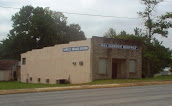
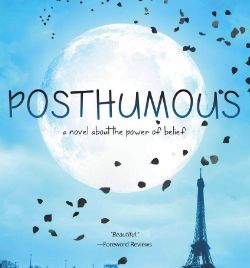



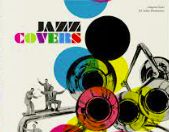

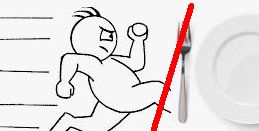



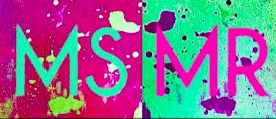



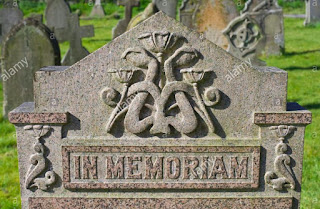



















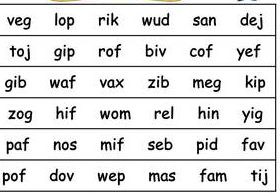
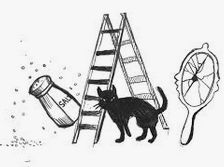




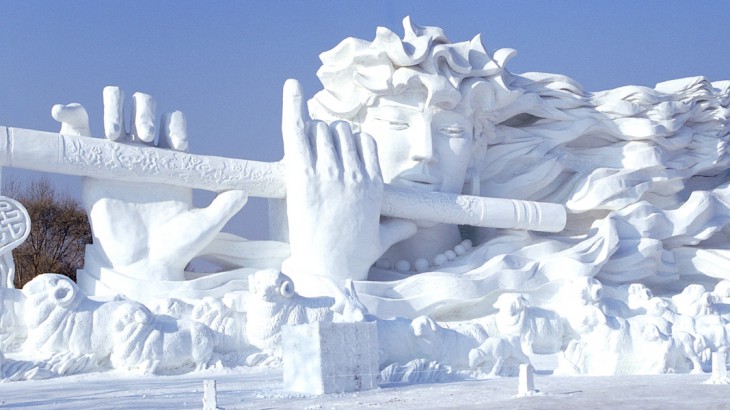
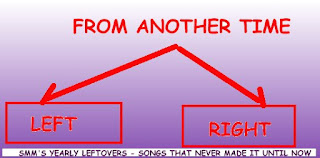











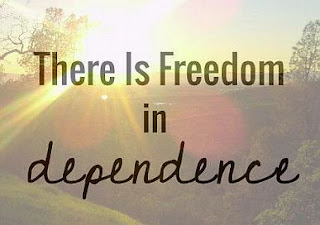















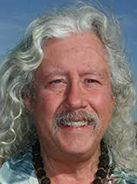


































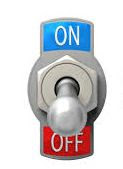








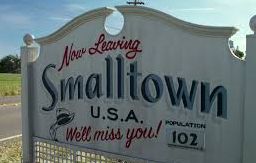




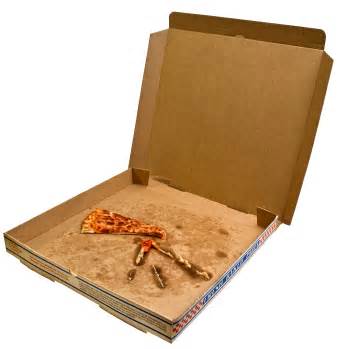






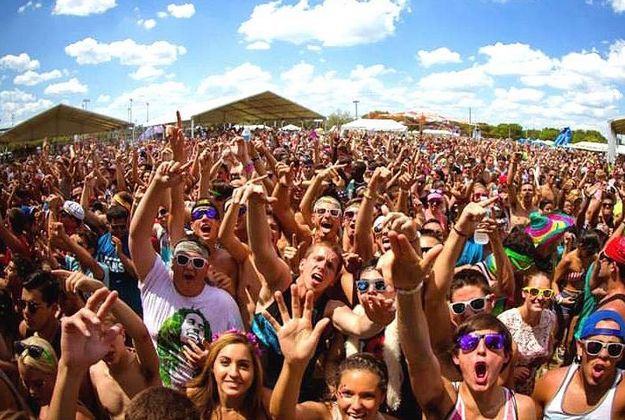












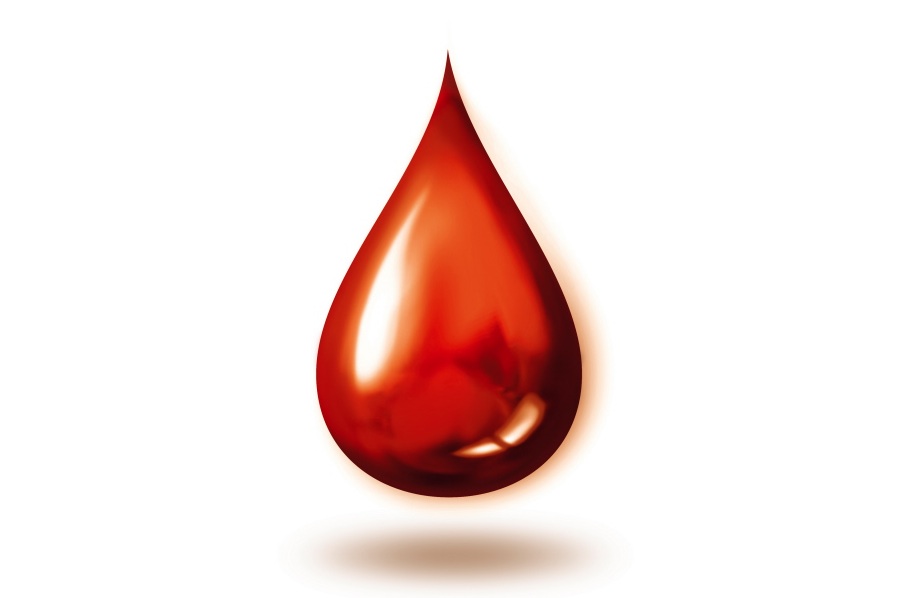





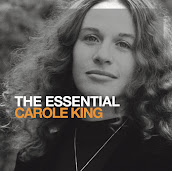

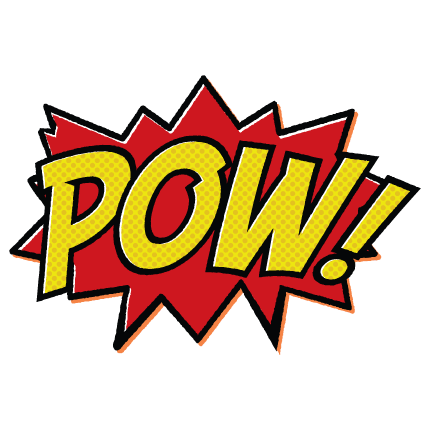
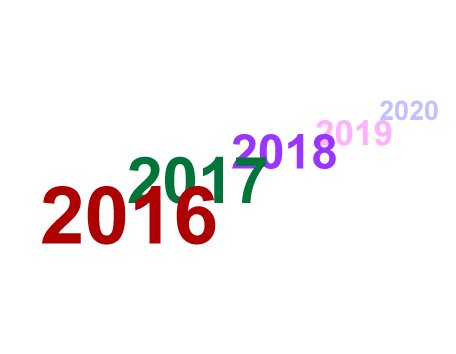





















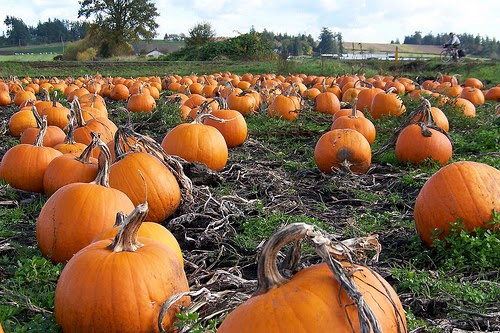


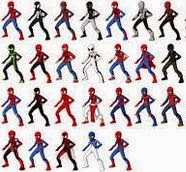
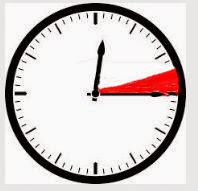

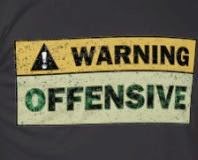
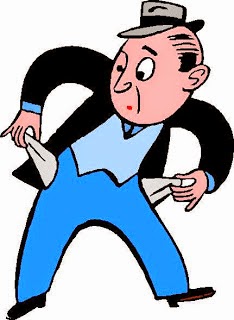

















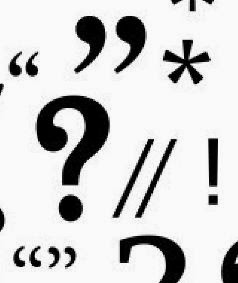



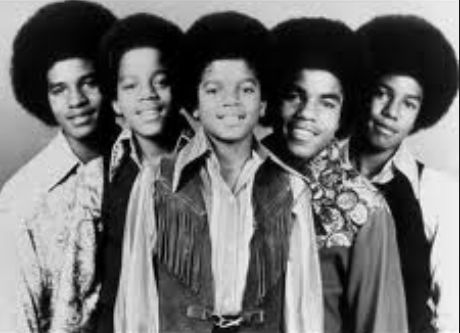
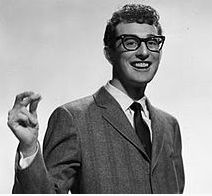
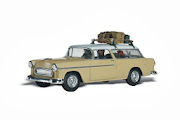


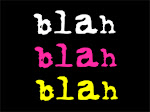
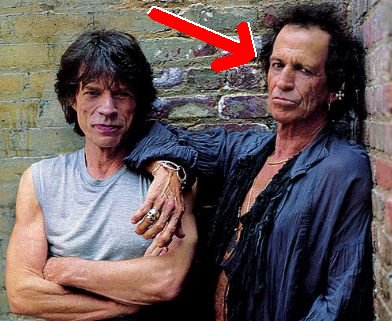










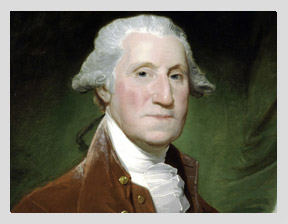



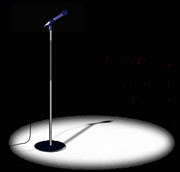
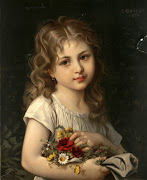
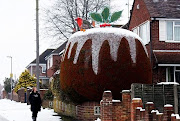
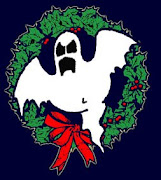

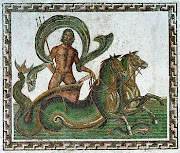


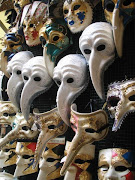

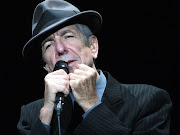
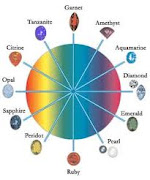
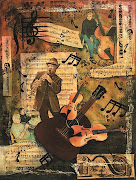

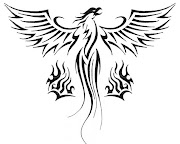

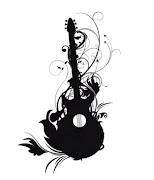
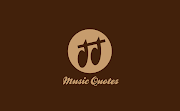
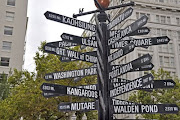
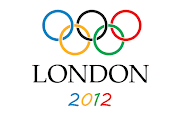


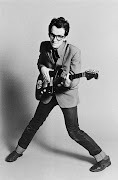

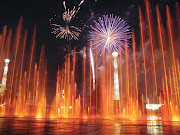

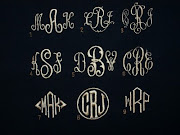





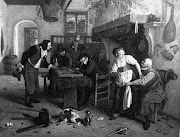
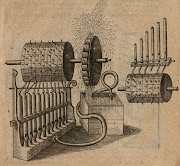

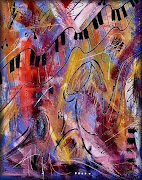
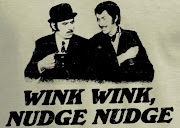

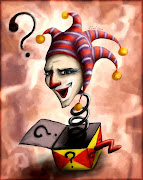
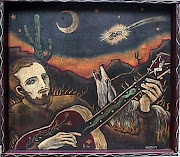
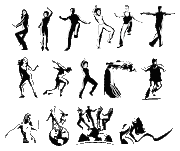

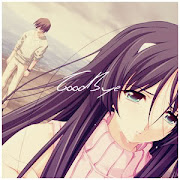


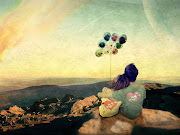




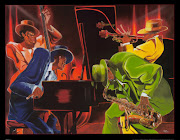



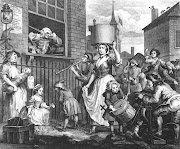





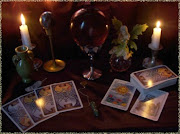




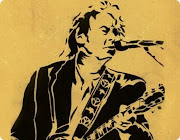

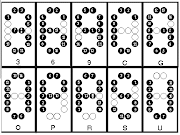
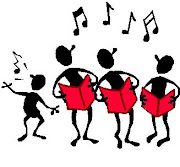



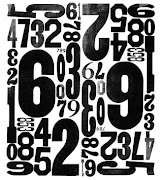



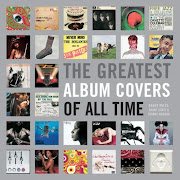


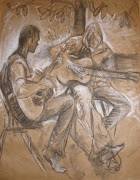
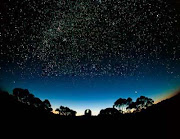
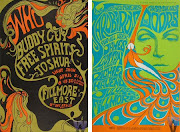



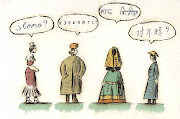
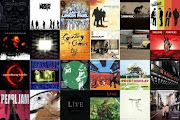


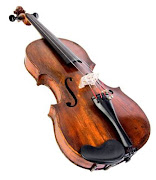


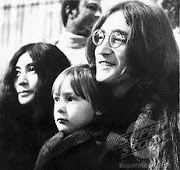
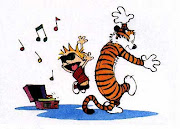


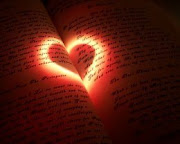
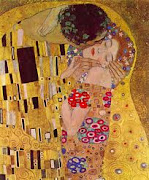


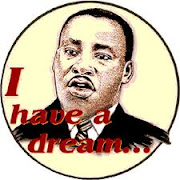

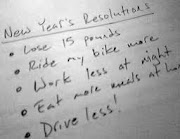
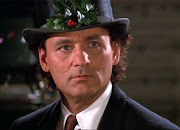


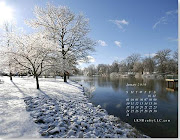


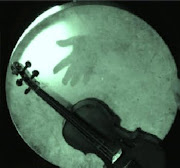

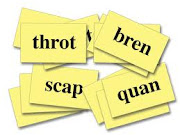
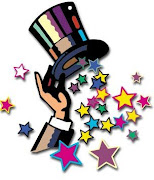

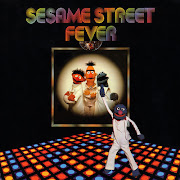



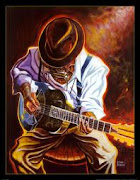

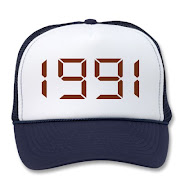

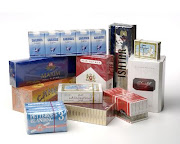
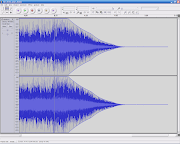
.jpg)
